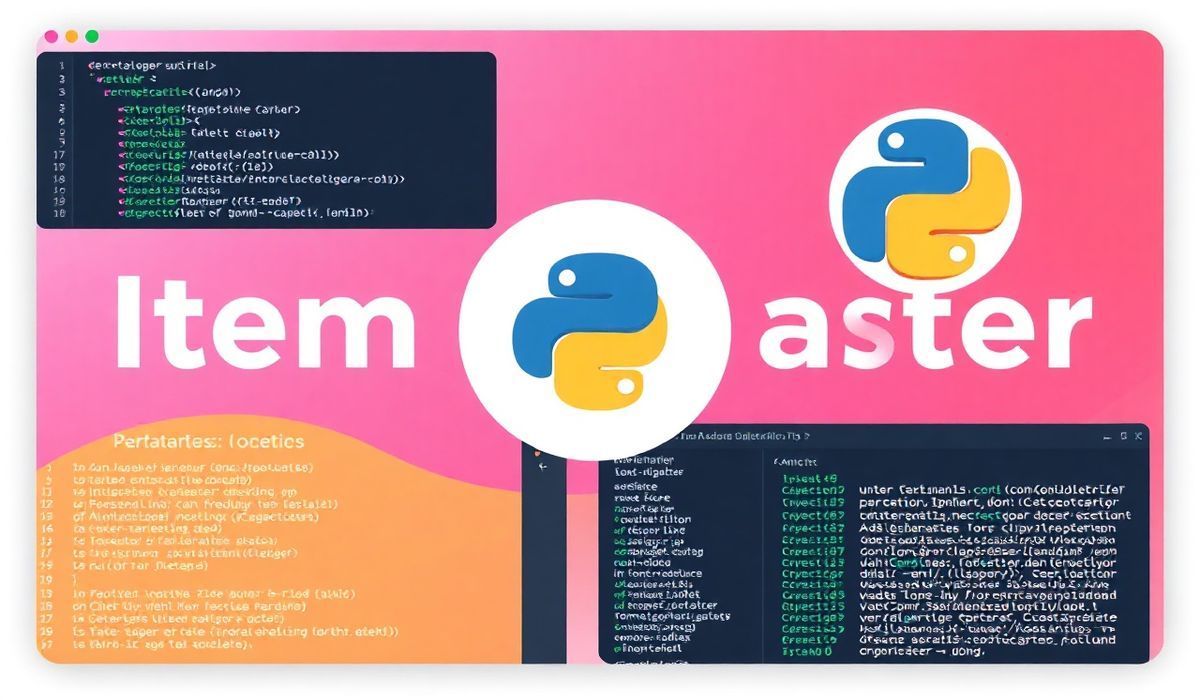Welcome to the Comprehensive Guide to Web IDL Conversions
Web IDL conversions are essential for web APIs that interact with JavaScript. This guide covers the fundamentals of Web IDL conversions and provides several practical examples with code snippets.
What is Web IDL?
Web IDL (Web Interface Definition Language) is a format that describes the interfaces used to implement web APIs. It ensures that these interfaces are consistent and understandable for different platforms and programming languages.
Example APIs
1. Converting String to Number
const stringToNumber = (str) => {
return Number(str);
};
console.log(stringToNumber("1234")); // Outputs: 1234
2. Converting Boolean to String
const booleanToString = (bool) => {
return String(bool);
};
console.log(booleanToString(true)); // Outputs: "true"
3. Array to TypedArray
const arrayToTypedArray = (arr) => {
return new Uint8Array(arr);
};
console.log(arrayToTypedArray([1, 2, 3, 4])); // Outputs: Uint8Array(4) [ 1, 2, 3, 4 ]
4. Converting Date to String
const dateToString = (date) => {
return date.toString();
};
console.log(dateToString(new Date())); // Outputs: current date as string
5. Converting String to Boolean
const stringToBoolean = (str) => {
return str === "true";
};
console.log(stringToBoolean("true")); // Outputs: true
Comprehensive App Example
Let’s build a simple application that utilizes these conversions to manage user data.
App Code
class User {
constructor(name, birthDate, isActive) {
this.name = name;
this.birthDate = new Date(birthDate);
this.isActive = (isActive === 'true');
}
getUserInfo() {
return \`Name: ${this.name}, BirthDate: ${this.birthDate.toDateString()}, Active: ${String(this.isActive)}\`;
}
}
const users = [
new User('Alice', '1990-01-01T00:00:00Z', 'true'),
new User('Bob', '1985-10-23T00:00:00Z', 'false')
];
users.forEach(user => {
console.log(user.getUserInfo());
});
This example demonstrates how to convert string inputs into various data types and how to manage user data effectively using Web IDL conversions.
Conclusion
Web IDL conversions provide a vital bridge between JavaScript and web APIs. Mastering these conversions enables developers to handle data types more effectively within their applications. We hope this guide has helped you understand the basics of Web IDL conversions and some practical use cases.
Hash: ad7a461d2694f3617960fffa6f3a732a2f0f621febbc29e15a622a14bdff0451




